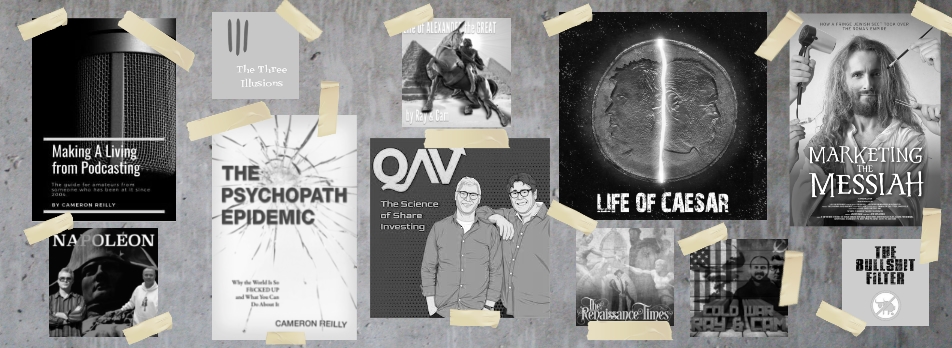Last year I did a blog post covering the general decline in circulation and readership for Australian newspapers.
The Press Council’s 2007 report shows a slightly healthier situation, with a handful of papers actually showing growth from 2001 – 2007. I’ve posted the main graph of Metro papers here (you might need to grab the actual image to read the details). To make it easy, I’ve coloured the papers with declining readership in yellow and the ones maintaining steady in grey.
However – when you read their report in depth, you notice that there has been some creative accounting with these figures in a desperate attempt to forestall the knowledge that their industry is closer to death than General Suharto (what? he died today? well…. let’s say Castro.)
The report sez:
A significant development has been the unprecedented initiative taken by newspaper proprietors, acting collectively, to establish a new organisation, The Newspaper Works, to reaffirm to advertisers in particular that newspapers offer them a better and more influential platform than other media and, complementarily, to improve total newspaper circulation and readership. The new organisation has also undertaken, in conjunction with polling organisations, to try to improve the techniques used to measure circulation and readership of print editions and to measure newspaper website traffic accurately.
(Italics mine).
So – they are factoring in their online readership. Fair enough. Here’s the secret though – as I’ve argued here before – the transition from paper to online is VERY BAD for the print news business. Why? Isn’t a reader a reader? It’s the economics, stupid. When you buy The Age, how much do you pay for the privilege? A dollar fifty? I’m not sure, i don’t buy it (unless I’m in it). When you read The Age online, how much do you pay? Nada. So – they are automatically making less money. What about advertising? Well – let’s say you’re an advertiser. If you want to advertise in a newspaper that people in Melbourne read, how many options do you have? A handful? If, however, you want to advertise on websites Melburnians read, how many options do you have? Bazillions. And that number is just getting bigger every year. So it’s simple supply and demand economics. You don’t make as much money from an online reader as you do from a print reader.
Okay, so revenues must be in decline. What happens next? Do they hire MORE journalists? No. As everybody knows, they hire less journalists. And so the quality of their content goes down. Does that make readership go up? I don’t think so. And so the cycle of rot sets in. Print news organisations have a very expensive operation on their hands. When revenues go down, when people get down-sized on a regular basis, morale drops and… hey I’ve seen it happen in a million IT companies. It’s what happens when you think you’re invulnerable to generational change driven by technology and you think your brand has some kind of magical power which will continue forever. Basically – you’re sucking on your own exhaust pipe.
We’ve had an opportunity to witness this last week with the announcement that ACP is closing down The Bulletin, a magazine I was fortunate to appear in a couple of times – when Josh Gliddon did the first MSM coverage of TPN back in Feb 2005 and again in October 2006. The Bulletin’s circulation had been down and it just didn’t make sense to keep it open, according to ACP management. And we all know how disinterested Packer 3.0 seems to be in the media business.
What did the ACP execs have to say?
The Bulletin is Australia’s longest running magazine and was launched in 1880.
In the latest Audit Bureau of Circulations figures, The Bulletin had 57,039 in sales (Sept 07), which is down from circulation highs of over 100,000 in the mid 1990s. This trend is consistent with that experienced by many leading weekly news and current affairs magazines globally and is somewhat symptomatic of the impact of the internet on this particular genre.
It’s the beginning of the end.


Regarding making money from the print edition, pretty sure they never really made anything from the actual sale of the paper. The buck-fifty just covers printing and distribution (and maybe not even that). It’s the ad revenue they care about, and you’re right about that — online isn’t going to make up for loss of print ad revenues.
I think there is still a place for the big name papers. Citizen journalism is great but there’s no substitute for someone actually spending their whole time investigating and reporting. I’d be worried about living in a world where there weren’t full time Woodsteins nosing around into public affairs. A lot of internet news sites are incredibly derivative. Although we have seen an explosion in second hand reporting in recent years I suspect that first-hand media plurality is really suffering. Hopefully the newspapers will get over the decline in print and get back to what they do best which is investigating, researching, interviewing and reporting.